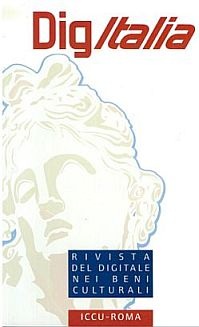La norma ISO per i file PDF
Keywords:
UNI, ISO, PDF, PDF/A, NARA, ISO/TC, Consultazione, Document management, Harvard, Sullivan,Abstract
I l 24 ottobre l’Ente nazionale italiano di unificazione (UNI) ha dato notizia sul suo sito web della pubblicazione di una norma ISO (International Organization for Standardization) per i documenti elettronici in formato PDF(Portable Document Format), che dovrebbe assicurare agli utenti di poter archiviare documenti elettronici garantendo tempi lunghi di conservazione sia dei testi sia delle immagini.
Il PDF – un formato digitale per presentare i documenti – è ormai diventato il formato standard per lo scambio e la conservazione dei dati, grazie anche alla sua notevole capacità di compressione dei file di dati. Si tratta della norma ISO 19005 Document management - Electronic document file format for long term preservation - Part 1 Use of PDF 1.4 (PDF/A-1), che ha lo scopo di definire un formato di file denominato PDF/A, basato sul PDF, che assicuri l’accessibilità dei documenti nel tempo, indipendentemente dagli strumenti e dai sistemi utilizzati per creare, archiviare e conservare i file. Secondo Stephen Abrams, che gestisce i programmi
della Biblioteca dell’Università di Harvard: «La pubblicazione della norma PDF/A avrà un notevole impatto sulla conservazione dei documenti elettronici, in quanto definisce un
formato normalizzato e internazionalmente riconosciuto adatto a garantirne la conservazione nel tempo.
Downloads
Download data is not yet available.
Downloads
Published
2005-04-18
How to Cite
Ruggiero, A. (2005). La norma ISO per i file PDF. DigItalia, (1), 139. Retrieved from https://digitalia.cultura.gov.it/article/view/353
Issue
Section
Segnalazioni
License
The Authors publishing their contributions on this journal agree to the following conditions:
- The Authors detain intellectual property rights of their work and transfer the right of first publication of the work to the journal, under the following Licence: Attribution-ShareAlike 3.0 Italy (CC BY-SA 3.0 IT). This Licence allows third parties to share the work by attributing it to the Authors and clarifying that the work has been first published on this journal.
- Authors can sign other, non-exclusive licence agreements for the dissemination of the published word (e.g. to deposit it in an institutional archive or publish it in a monography), provided that they state that the work has been first published on this journal.
- Authors can disseminate their work online (e.g. in institutional repositories or on their personal websites) after its publication, to potentially enhance knowledge sharing, foster productive intellectual exchange and increase citations (see The Effect of Open Access).






